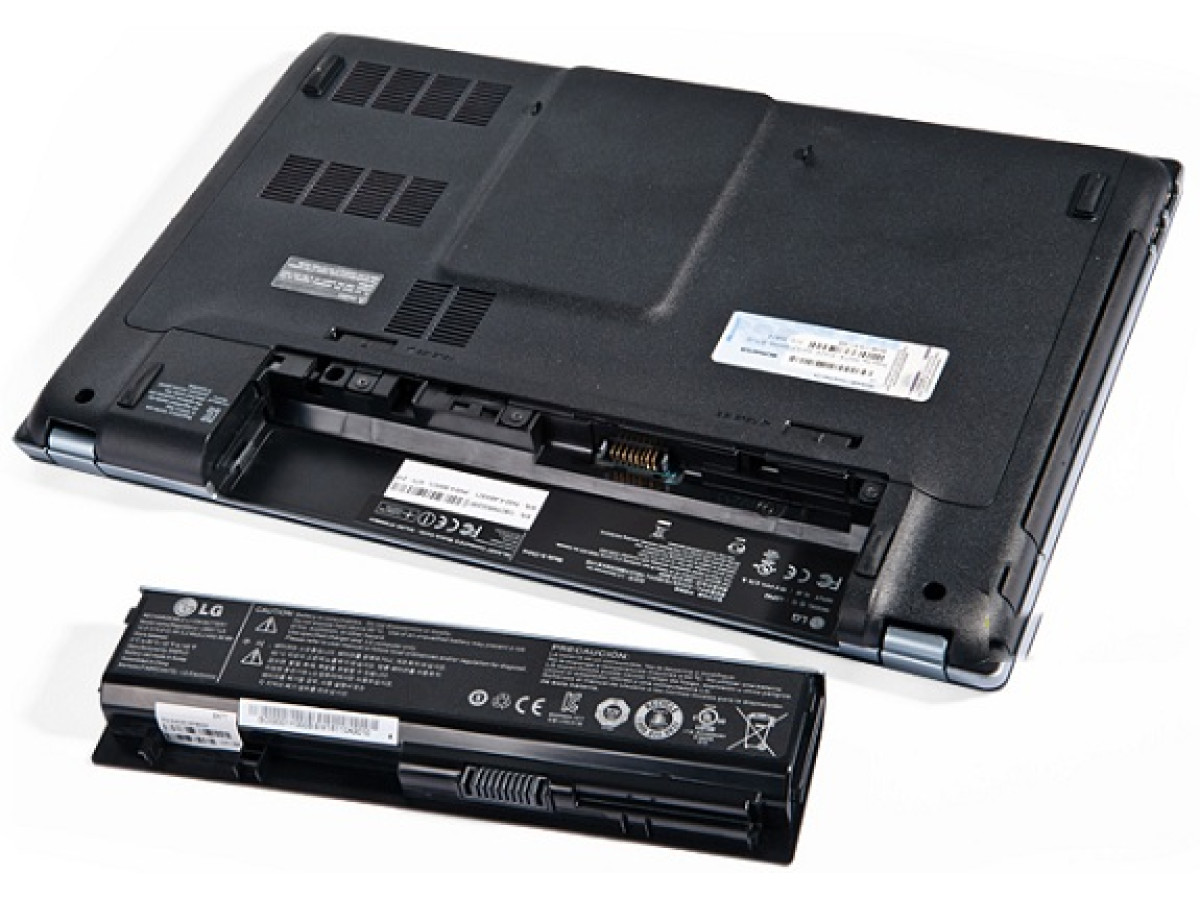When we purchase a laptop, we usually hope it will be our reliable assistant for many years. It's great to be able to take it anywhere and not be tethered to a spot: work in a café, watch movies in the park or take notes at a conference without worrying about battery life. Initially, the battery lasts long, and it seems there's enough energy for everything. However, over time, we notice that the battery life decreases, and our independence gradually fades.
Simple Ways to Keep Your Laptop Battery Lasting Longer
To avoid disappointment and maintain your freedom for as long as possible, at Recorder we have prepared a series of effective and proven tips. They will help extend the "life" of your laptop's battery:
Update Your Operating System
Why is this important? With each operating system update, developers make improvements that can help your laptop operate more efficiently and thus use less battery power. Included updates fix bugs and add new features that can optimize energy use. From our years of experience with laptops, we've noticed that regular OS updates significantly enhance device performance and help preserve battery life longer. Therefore, we always recommend our clients keep their systems up-to-date.
Use Hibernate Instead of Sleep
How does this help? Using hibernation mode instead of the standard "sleep" completely stops energy consumption when you're not using your laptop. In this mode, all open files and applications are saved to the hard drive, and it can turn off, preserving battery life for a longer period.
Avoid Complete Battery Discharge
Why avoid it? Lithium-ion batteries, which are used in most laptops, respond poorly to being fully discharged. This can reduce their ability to hold a charge and shorten the overall battery life. It's best to keep the charge between 20% and 80%. Although some manufacturers recommend occasionally performing a full charging cycle—from 0% to 100% for calibration—our experience shows that this isn't always beneficial. Customers who frequently discharge their battery to zero often complain that their laptops lose charge faster.
Protect from Overheating
What to do? Lithium-ion batteries dislike heat, and the optimal temperature for laptop operation is between +10 to +35 degrees Celsius. If you are watching movies or working on the couch, don't place it on a pillow or blanket. This blocks the ventilation openings and doesn't allow it to "breathe."
How to avoid overheating? Here are some tips:
- Don't leave your gadget in the sun or in a hot car.
- Use special cooling stands.
- Regularly clean the ventilation vents from dust.
Keep it on hard surfaces where air can circulate freely.
It's also useful to have your laptop professionally inspected once a year to ensure it lasts longer and performs better.
To know when your gadget is overheating, we recommend using programs that show temperature, such as HWMonitor or SpeedFan. These can indicate when you need to reduce the load on your device or add cooling to prevent overheating.
Turn Off What You Don't Need
Bluetooth, Wi-Fi, LED lights, external devices, and even keyboard backlighting consume energy. Turn them off when you don't need them to extend battery life.
Reduce Brightness and Volume
How to do it? Lower the screen brightness to a comfortable minimum and set the volume low. These simple steps can significantly prolong the battery life of your laptop from a single charge.
Choose an Energy-Saving Mode for Your Graphics Card. In many laptops, you can set the graphics card mode to "energy-saving," especially when you're not playing games or doing heavy graphic work. This helps reduce energy consumption.
Limit Charging Time
Why is this necessary? Constant connection to the power supply can negatively affect the battery. Use the laptop on battery power and charge only when really needed.
Activate Airplane Mode
When to activate? Turning on airplane mode turns off all wireless connections. This is very useful when you need to preserve battery life for a long time and you are not using the internet.
Adjust Performance with a Slider
What is it? Many operating systems have a performance slider that allows you to choose between maximum performance and maximum battery savings. Set it to the energy-saving position when you don't need high performance.
With our tips, your laptop will remain a reliable assistant, ready for work and entertainment anywhere, and you'll be able to enjoy freedom from outlets much longer. We hope you find these tips useful!
